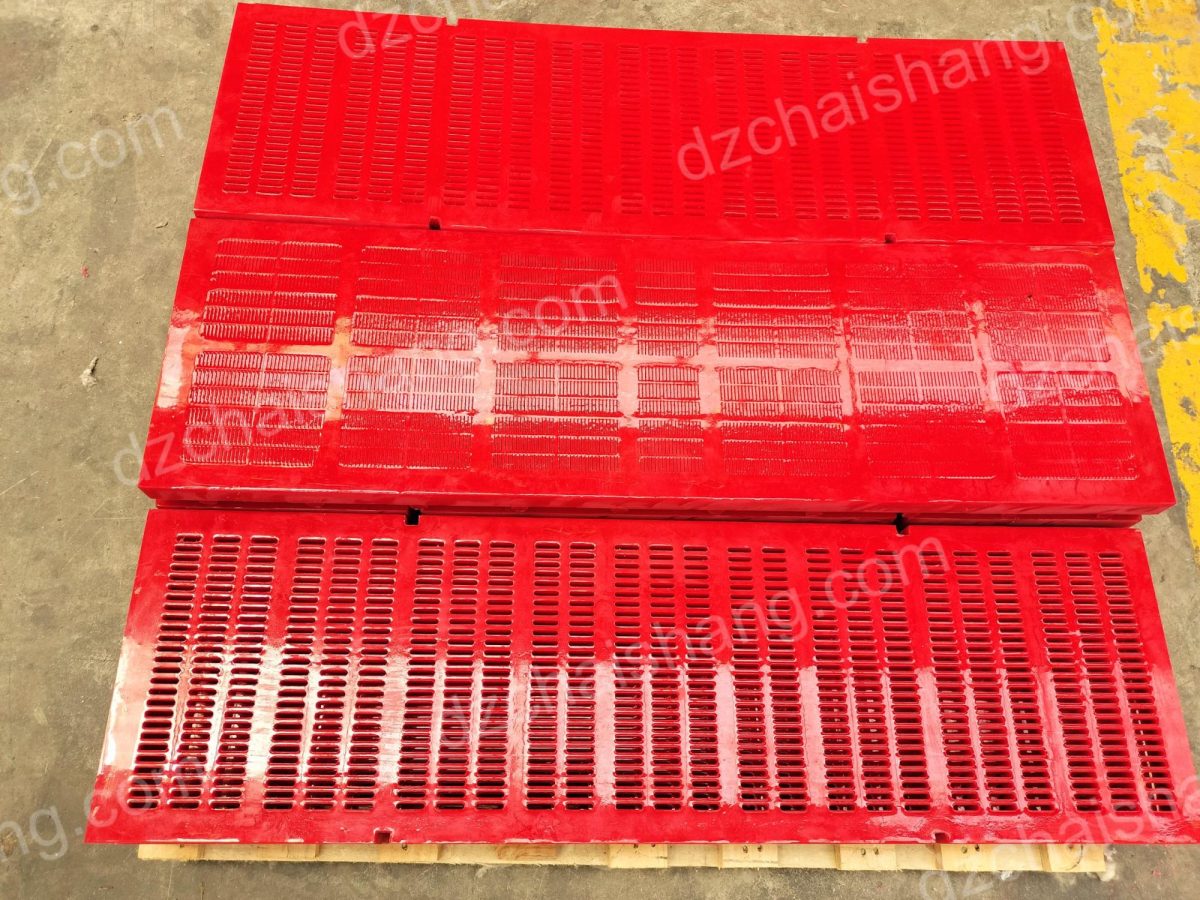- 25
- Jun
modular screen plate,vibrator screen ,linear vibrating screen
Exploring the Functionality and Benefits of Modular Screen Plates
Modular screen plates, vibrator screens, and linear vibrating screens are integral components in various industries, particularly in the mining and mineral processing sectors. These devices play a crucial role in sorting, sizing, and processing different types of materials, including ores, minerals, and aggregates. Understanding the functionality and benefits of these screens can provide valuable insights into their significance in industrial operations.
Modular screen plates are designed to offer a high degree of flexibility and efficiency in screening operations. They are composed of small, individual modules that can be easily replaced or interchanged, reducing downtime and maintenance costs. The modular design allows for customization according to specific operational requirements, making them suitable for a wide range of applications. For instance, different module configurations can be used to handle varying material sizes, types, and flow rates. Moreover, the use of high-quality materials in the construction of these plates ensures durability and longevity, even under harsh operating conditions.

Vibrator screens, on the other hand, utilize vibratory motion to separate materials based on their size. The screen is set in motion by a vibrator, which can be powered by an electric motor or a hydraulic drive. The vibration causes the material to move across the screen and fall through the openings, effectively separating the material into different size fractions. This method of screening is highly efficient and can handle large volumes of material, making it ideal for heavy-duty applications.
Linear vibrating screens are a specific type of vibrator screen that operates using linear motion. Unlike other types of screens that use circular or elliptical motion, linear vibrating screens move the material in a straight line. This straightforward motion results in a high screening efficiency and a lower rate of blockages or blinding of the screen. Additionally, linear vibrating screens are known for their simplicity and ease of operation, which can contribute to increased productivity.
The benefits of using modular screen plates, vibrator screens, and linear vibrating screens are manifold. Firstly, they enhance operational efficiency by enabling high-speed and high-volume screening of materials. This can significantly increase the throughput of a processing plant, leading to higher productivity and profitability. Secondly, these screens offer a high degree of flexibility and adaptability. They can be customized to handle different types of materials and operational conditions, making them suitable for a wide range of applications. Thirdly, the modular design of these screens reduces maintenance time and costs, as individual modules can be easily replaced or interchanged without disrupting the entire operation.
In conclusion, modular screen plates, vibrator screens, and linear vibrating screens are essential tools in the mining and mineral processing industries. They offer a high degree of efficiency, flexibility, and adaptability, making them invaluable in handling the diverse and demanding requirements of these sectors. By understanding the functionality and benefits of these screens, industry professionals can make informed decisions about their use and application in their operations.
Understanding the Differences between Vibrator Screen and Linear Vibrating Screen
Modular screen plates, vibrator screens, and linear vibrating screens are all integral components in the material handling and processing industry. Despite their similar functions, these devices have distinct differences that significantly impact their efficiency and effectiveness in different applications. Understanding these differences is crucial for operators and engineers to make informed decisions when selecting the appropriate equipment for their specific needs.
A modular screen plate is a type of screening device that is designed with flexibility and adaptability in mind. It consists of individual screen panels that can be easily replaced or rearranged to suit different screening requirements. This feature makes modular screen plates an ideal choice for operations that require frequent changes in screening conditions. The modular design not only allows for quick and easy adjustments but also reduces downtime and maintenance costs. However, the effectiveness of modular screen plates can be limited by their size and the type of materials they can handle.
On the other hand, a vibrator screen, also known as a vibrating screen, operates by using rotary motion to sift and separate materials. It consists of a motor that causes the screen to vibrate, creating a circular motion that helps to distribute and classify materials evenly. The vibrator screen is particularly effective for handling a wide range of materials, including both wet and dry substances. Its high-frequency vibrations allow it to effectively separate materials based on size, making it a popular choice for industries such as mining, construction, and recycling. However, the vibrator screen’s efficiency can be affected by factors such as the screen’s inclination, the material’s moisture content, and the size of the particles.
The linear vibrating screen, meanwhile, operates on a linear or straight-line motion. This type of screen is typically used for finer, more precise screening of materials. The linear vibrating screen uses two vibrating motors to generate a consistent force, which is transferred to the whole screen. This results in a linear movement that enables the screen to effectively separate and classify small and light particles. The linear vibrating screen is particularly useful in industries such as food processing, pharmaceuticals, and chemicals, where precision and hygiene are paramount. However, its effectiveness can be limited by factors such as the screen’s size, the material’s characteristics, and the operating conditions.
In conclusion, while modular screen plates, vibrator screens, and linear vibrating screens all serve the purpose of separating and classifying materials, they each have their unique advantages and limitations. The modular screen plate’s adaptability makes it suitable for operations that require frequent changes in screening conditions. The vibrator screen’s high-frequency vibrations make it effective for handling a wide range of materials. The linear vibrating screen’s precision makes it ideal for industries that require fine and hygienic screening. Therefore, understanding these differences is crucial for selecting the most suitable equipment for specific applications.
